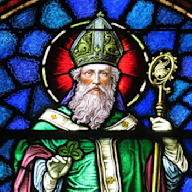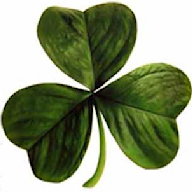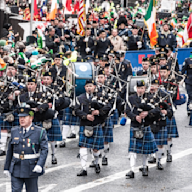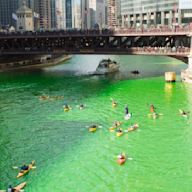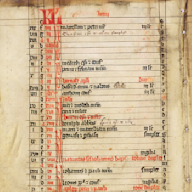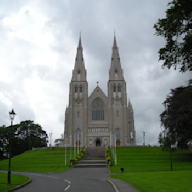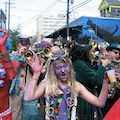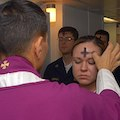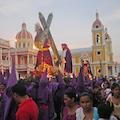Search results
Saint Patrick's Day, or the Feast of Saint Patrick (Irish: Lá Fhéile Pádraig, lit. 'the Day of the Festival of Patrick'), is a religious and cultural holiday held on 17 March, the traditional death date of Saint Patrick (c. 385 – c. 461), the foremost patron saint of Ireland.
St. Patrick’s Day is the feast day of St. Patrick, a patron saint of Ireland. Originally celebrated with religious feasts and services, St. Patrick’s Day became a secular celebration of Irish culture when it reached the United States alongside Irish immigrants.
Oct 27, 2009 · St. Patrick’s Day is a global celebration of Irish culture that takes place annually on March 17, the anniversary of the patron saint of Ireland's death in the fifth century.
St. Patrick’s Day is a global celebration of Irish culture that takes place annually on March 17, the anniversary of the patron saint of Ireland's death in the fifth century.
2 days ago · St. Patrick (flourished 5th century, Britain and Ireland; feast day March 17) is the patron saint and national apostle of Ireland. He is credited with bringing Christianity to Ireland and was probably responsible in part for the Christianization of the Picts and Anglo-Saxons.
Saint Patrick (Latin: Patricius; Irish: Pádraig [ˈpˠɑːɾˠɪɟ] or [ˈpˠaːd̪ˠɾˠəɟ]; Welsh: Padrig) was a fifth-century Romano-British Christian missionary and bishop in Ireland. Known as the "Apostle of Ireland", he is the primary patron saint of Ireland, the other patron saints being Brigid of Kildare and Columba.
Oct 14, 2009 · St. Patrick’s Day Traditions. St. Patrick’s Day is a holiday known for parades, shamrocks and all things Irish. Find out how symbols we now associate with St. Patrick’s Day came to be.
Feb 1, 2019 · St. Patrick’s Day is a cultural and religious holiday held annually on March 17. Named after the patron saint of Ireland, Saint Patrick, the day celebrates Irish heritage with food, parades,...
March 17 began as a feast day in observance of St. Patrick, the patron saint of Ireland. Over time, the holiday evolved into a secular celebration of Irish culture, green beer, and anything with a shamrock on it.
While there had previously been marches across Ireland on St. Patrick’s Day, these decorated temperance processions were the first carnival parades. They often included pipe bands from the church, a tradition, still widely practised today.

